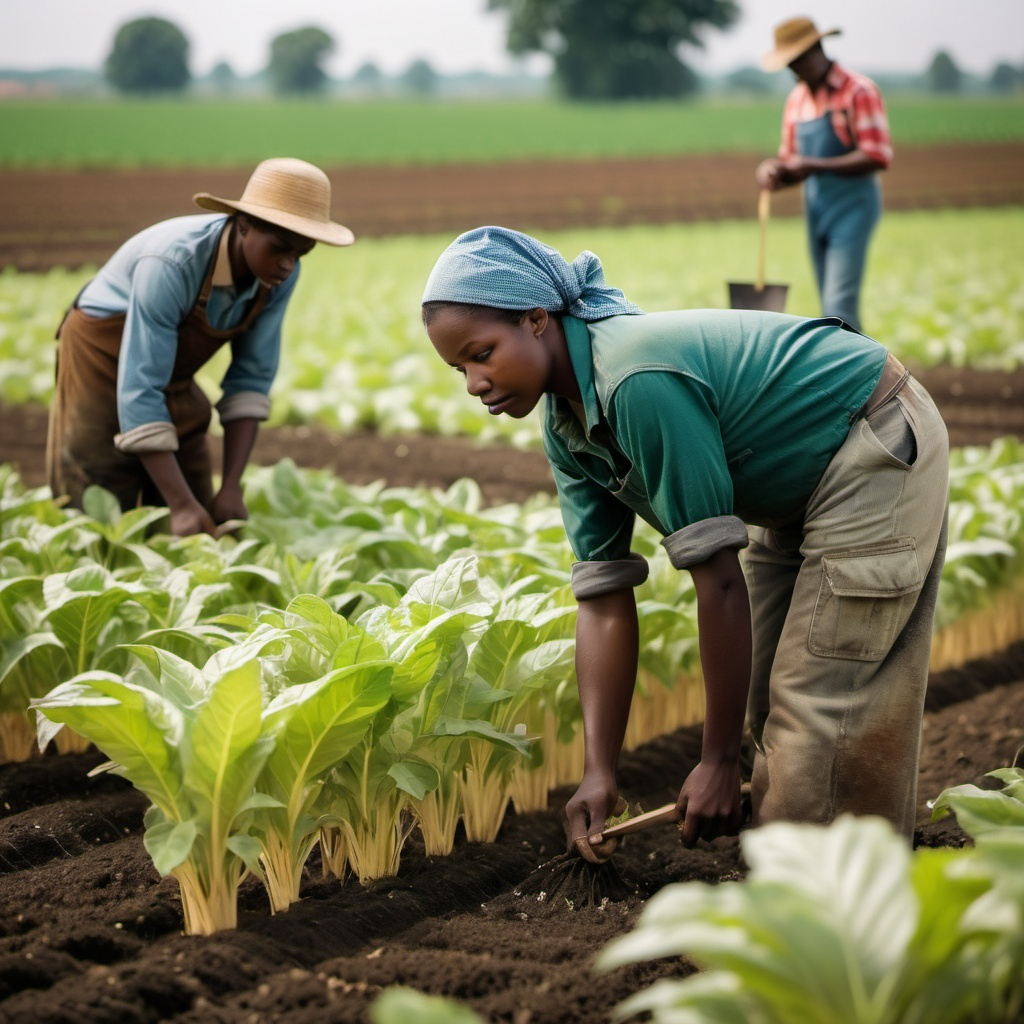
Agriculture workers are vital to the economy, particularly in rural areas where farming is a primary livelihood. Their role involves performing labor-intensive tasks related to the planting, cultivating, and harvesting of crops. They also take care of livestock, maintain farm equipment, and ensure that agricultural operations run smoothly.
Types of Agriculture Workers
Agriculture workers can be broadly categorized into two types: crop workers and livestock workers.
Crop Workers
Crop workers are responsible for planting, watering, and harvesting various types of crops. They may work on farms, orchards, or in greenhouses, depending on the type of crop they specialize in. These workers also manage pest control, fertilization, and irrigation to ensure a successful harvest.
Livestock Workers
Livestock workers focus on the care and maintenance of animals like cattle, poultry, and pigs. They feed the animals, ensure they are healthy, and maintain their living environments. In some cases, they assist with breeding and are involved in the production of meat, milk, and other animal products.
Tasks Performed by Agriculture Workers
Agriculture workers handle a wide variety of tasks depending on their specific role and the type of farm they work on.
Planting and Harvesting
A significant part of an agriculture worker’s job is planting crops during the growing season and harvesting them when they are ripe. This may involve operating machinery such as tractors or performing manual labor like picking fruits and vegetables by hand.
Livestock Care
Livestock care involves feeding animals, cleaning barns, and ensuring that the animals are healthy. Workers may also administer vaccines, assist with births, and monitor the well-being of animals throughout their lives.
Equipment Maintenance
Many agriculture workers are responsible for maintaining and repairing farm equipment, such as tractors, plows, and irrigation systems. This helps ensure that the farm can run efficiently with minimal interruptions.
Working Conditions
Agriculture workers often work long hours, especially during peak planting or harvesting seasons. The job is physically demanding, with workers frequently performing tasks outdoors in all types of weather. While modern machinery has made some aspects of the job easier, much of the work is still labor-intensive and requires a strong level of physical fitness.
Challenges Faced by Agriculture Workers
Agriculture workers face a range of challenges, including low wages, long working hours, and health risks from exposure to chemicals like pesticides. Many workers are also seasonal employees, which can lead to income instability. Additionally, farm workers may face health risks from operating heavy machinery and working in harsh weather conditions.
Skills Required for Agriculture Workers
Although formal education is not typically required to become an agriculture worker, specific skills are highly valued.
Physical Stamina
Agriculture workers need to have the physical endurance to perform demanding tasks such as lifting, bending, and standing for long periods. The job often requires working in hot, cold, or rainy conditions.
Knowledge of Agriculture Techniques
Understanding crop cycles, irrigation methods, and animal care practices is essential. Workers must be able to recognize signs of disease in plants and animals, as well as know how to handle pesticides and fertilizers safely.
Ability to Operate Machinery
In many agricultural settings, workers must be skilled in operating and maintaining farming equipment. This includes everything from simple hand tools to advanced machinery like combines and milking machines.
Employment Outlook for Agriculture Workers
The demand for agriculture workers is influenced by several factors, including the season, climate conditions, and advancements in farming technology. While automation is replacing some manual labor jobs in agriculture, there remains a need for skilled workers to manage machinery and carry out tasks that machines cannot perform. In areas with large farming operations, there is often a steady demand for agriculture workers, particularly during peak seasons.